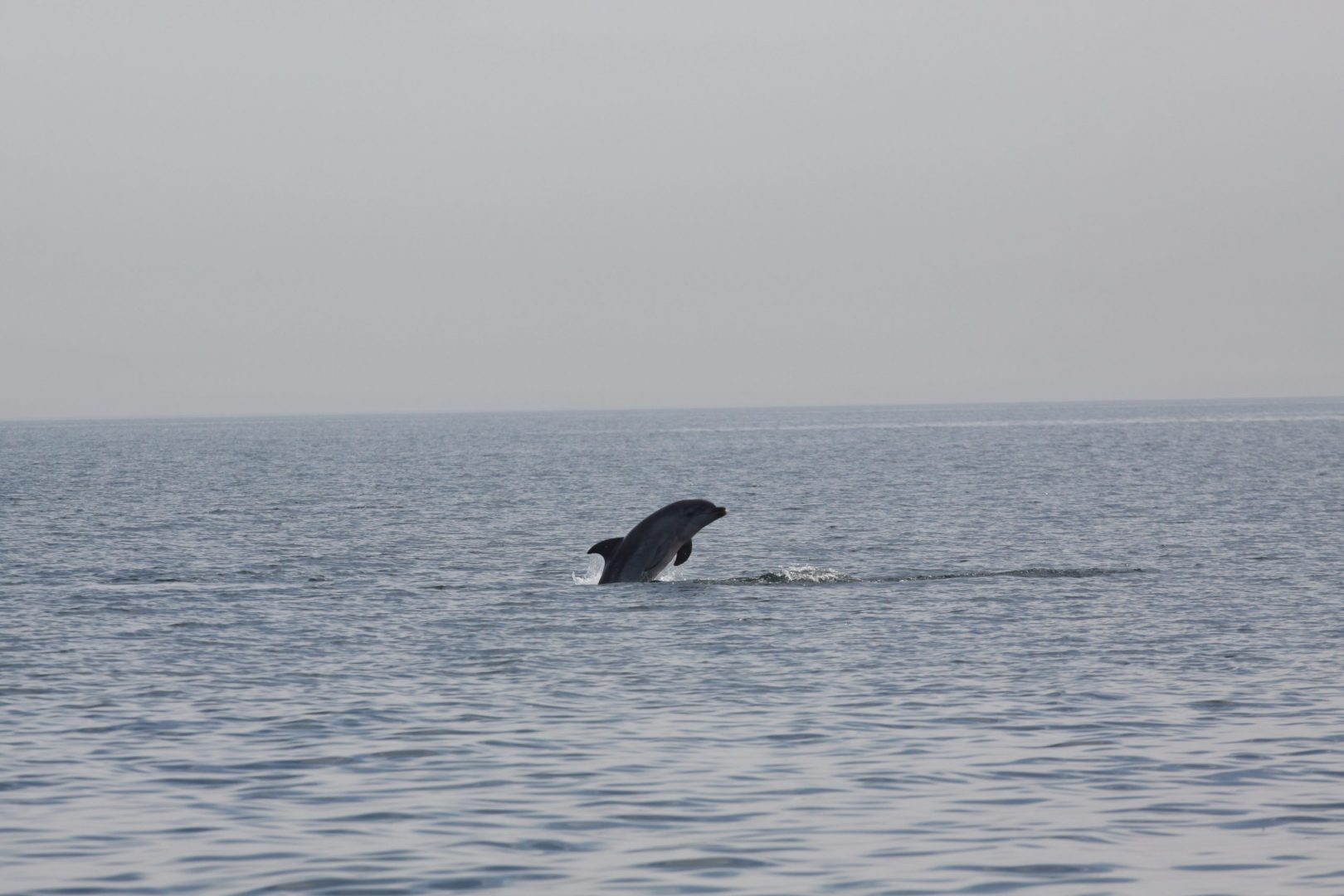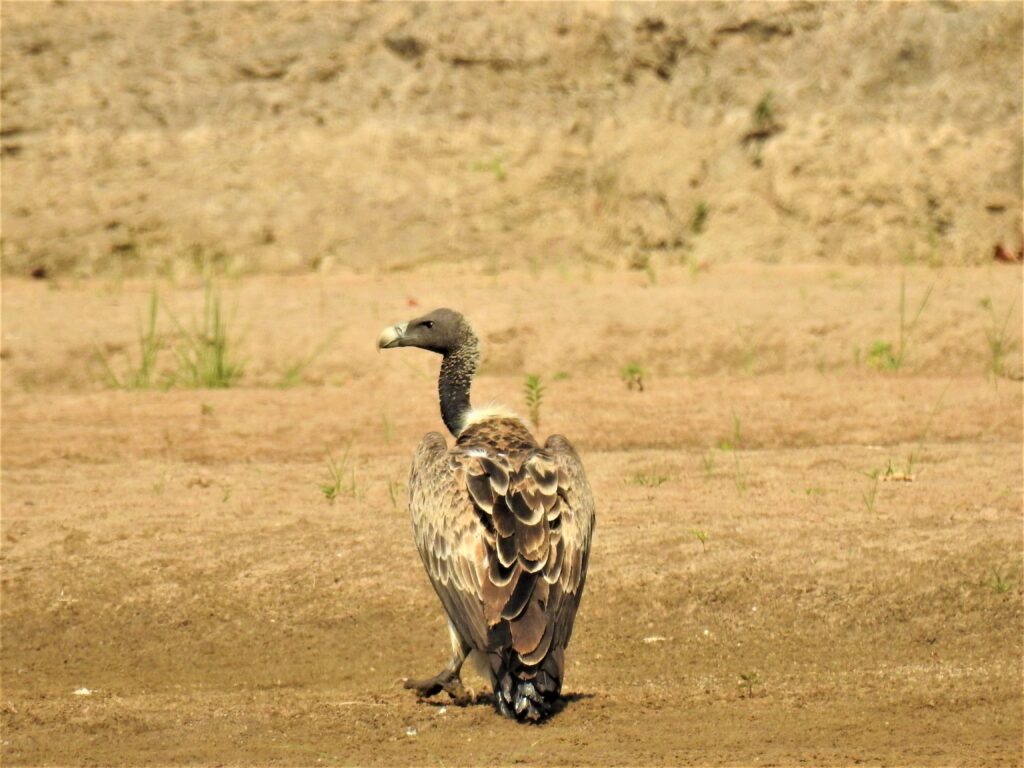Over the last 50 years, the area of ocean under protection has expanded by more than 30 percent, but biodiversity continues to decline. Human activities like fishing and shipping are key drivers of marine biodiversity loss. Protected areas are designed to work in a specific location to prevent or limit activities that damage biodiversity. However, establishing protected areas in places with a lot of human activity can be tricky because people rely on these areas for income, food and culture. Often, governments need to compromise nature protection to accommodate people’s interests and livelihoods, which can lead to marine protected areas (MPAs) being established in places with minimal or no human intervention. We do not currently know how often and under what circumstances, government decisions to establish MPAs lead to these compromises. For example, are such compromises commonplace for high value areas like commercial tuna fishing grounds, or are they also considered for less lucrative uses like recreational fishing? If locations for protection are compromised too often in favour of economic or recreational gains, biodiversity in these areas will continue to be at risk.
We wanted to understand if some human activities are likelier to discourage marine protection than others. We were also interested in establishing whether allowing some human activity within an area of high economic value (rather than strict prohibition) improves its chances of MPA designation. To answer these questions, we compared the locations of over 3,000 MPAs worldwide with data on 15 types of human activity, and determined whether there was a relationship between the intensity of activity and protection status of an MPA.

It appears that MPA site selection is often influenced by social and political considerations rather than by environmental concerns. We found that MPAs are rarely established in the same locations as the most damaging drivers of biodiversity loss, including commercial fishing of mobile pelagic species. We also found that allowing limited human activity does not help improve the likelihood of designating an area as protected.
Unsurprisingly, we see that some human activities are a hindrance for biodiversity protection. If we are to reduce their impact on nature, we need to consider alternative management strategies, such as ecosystem-based fisheries management, in addition to improving MPA establishment in high-use locations. The fundamental aim of conservation must be to improve outcomes by selecting the best strategy for biodiversity protection.
Further Reading
Stevenson, S.L., Woolley, S.N.C., Barnett, J., Dunstan, P. 2020. Testing the presence of marine protected areas against their ability to reduce pressures on biodiversity. Conservation Biology 34: 622-631.






